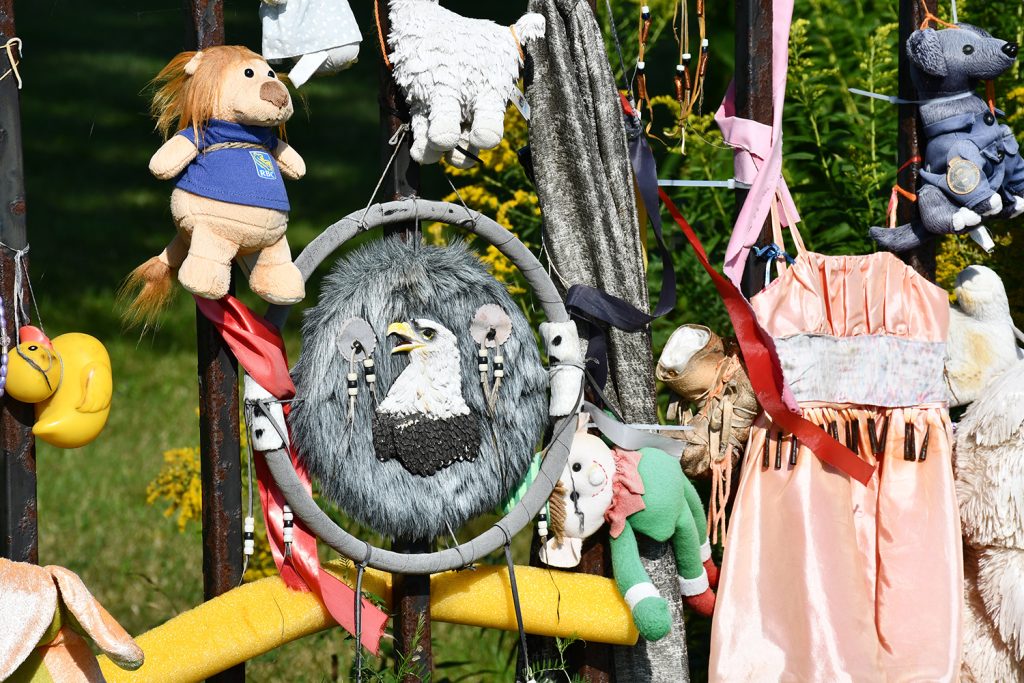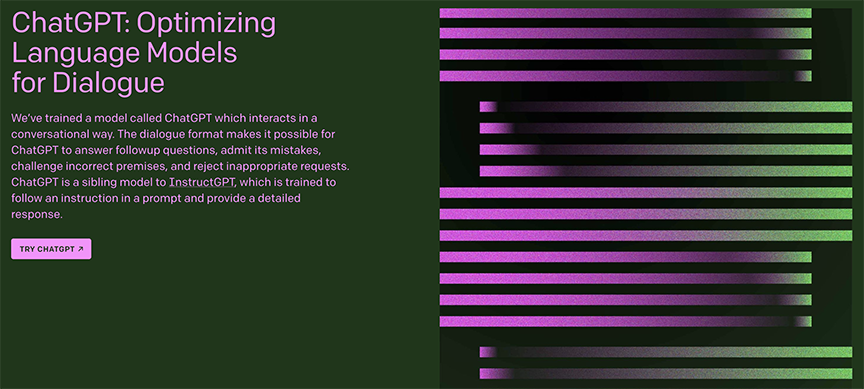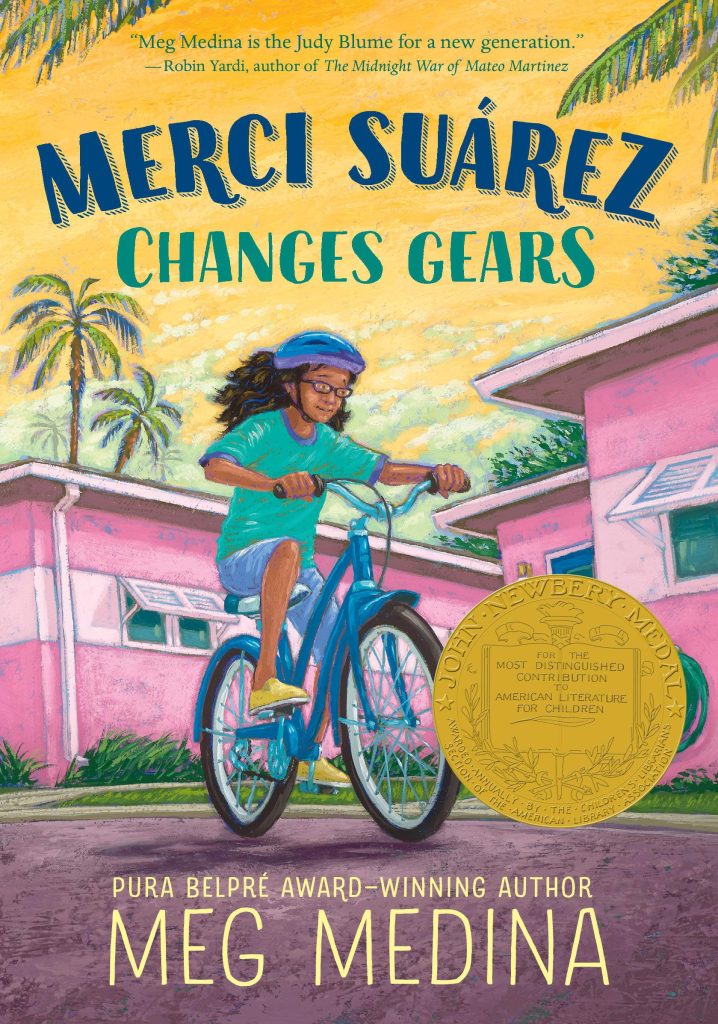
|
ChatGPT, a revolutionary chatbot technology, is sparking controversy, debate, and even citywide bans. New York City’s education department recently prohibited the chatbot’s use in schools, citing “negative impacts on student learning and concerns regarding the safety and accuracy of content.” Other school districts, including Los Angeles and Baltimore, have followed suit. But these swift actions by some of the nation’s largest school systems may reflect fear rather than careful consideration. ChatGPT is just one example of the recent breakthroughs in artificial intelligence (AI) and natural language processing (NLP) technology to enable machines to perform tasks in an unprecedented, lifelike manner. As with any new technology, there are potential costs. But if used properly, NLP tools like ChatGPT demonstrate the promise of AI in helping students learn and write better.
ChatGPT is a large language model released late last year by OpenAI, a research company specializing in AI and machine learning products. Large language models are machine learning algorithms engineered to read, analyze, and create original text akin to a human. While ChatGPT is arguably the most popular or attention-grabbing language model, it is just one of the many recent advancements in AI that have revolutionized how people interact in online and educational settings.
Education has been changing for some time, evolving with technology over the past few decades. Online classes, blended learning, and educational software have become more popular in the classroom. Digital technologies have also made it easier for teachers to create and curate educational content and provide personalized instruction to students. Overall, the integration of technology in education has greatly expanded the possibilities for how students can learn, and digital tools have helped make education more accessible and personalized.
ChatGPT presents a positive step forward in this direction. As an example, it can be used for automated writing evaluation—systems that use NLP technologies to automatically assess student writing. Students need more writing evaluations, as few students in the US graduate high school as proficient writers. Less than a third of high school seniors are considered proficient in their writing, according to the National Assessment of Educational Progress (NAEP). Low-income, Black, Hispanic/Latino, Native American, and English Language Learner (ELL) students fare far worse, with less than 15% scoring proficient on national exams.
Part of the issue is that teachers struggle to find time to provide feedback on student writing and help students improve. More than 70% of educators say they are overwhelmed with grading and other administrative tasks, according to a Learning Agency survey. Educators in low-income schools are also almost 20% more likely than teachers in other schools to report being overburdened by routine duties like grading essays, according to the National Center for Education Statistics.
Given the high need for writing assessments and feedback, as well as the limited time and resources available to teachers, NLP tools like ChatGPT can be valuable assistants in the classroom. They can provide immediate feedback on various areas of writing since they process and respond to a text at near-lightning speed. When they identify areas of student writing that need improvement, such as word choice, clarity, cohesion, grammar, spelling, and punctuation, they can provide automatic suggestions for improving them.
The power of AI and technology to provide more real-time feedback adds value to a learner’s experience. As an assisted writing feedback tool, ChatGPT can also empower students to take a more active role in their learning progress. For instance, ChatGPT can generate writing prompts and exercises to help students hone their writing skills. Few students can improve their writing because writing-related tasks are infrequently assigned in school. One study found that only a quarter of middle school students and less than a third of high school students write about 30 minutes per day, which is the minimum recommendation for a kindergartener by national experts.
Regular writing practice improves writing skills and enhances critical thinking and communication. ChatGPT can encourage students to write by personalizing prompts based on specific skill areas, such as grammar, sentence structure, or organization. It can also tailor writing exercises to students’ preferred interests, like sports or history, or use culturally relevant and meaningful topics.
Students can also work with ChatGPT to guide their learning and study habits. If a student receives feedback from ChatGPT indicating that their vocabulary and language use are strong but that their grammar and conventions need improvement, they can use this information to focus their efforts on studying grammar rules rather than continuing to focus on vocabulary. When they receive writing assignments tackling issues that matter to them, they are more likely to enjoy the writing experience and find the motivation to improve their skills, resulting in more meaningful and effective learning outcomes.
However, there are concerns that automated tools like ChatGPT may yield more harm than good in the classroom. For instance, some worry the tool may encourage students to plagiarize or limit opportunities for critical thinking. To be fair, these are legitimate concerns. Students will always be desperate for learning shortcuts, and technology may not excite the most disengaged learners. However, there are a growing number of AI detectors to identify ChatGPT-generated text. These detectors use the same algorithmic techniques that power ChatGPT’s capabilities to detect its presence in other writing. Therefore, students can only use ChatGPT to assist with certain aspects of the writing process, not as a replacement for all work.
Moreover, even if schools aren’t ready to permit student use of ChatGPT, NLP tools can still be valuable for teachers. Automatic assessment saves time and effort for the teacher in manual grading. These tools improve the quality and timeliness of assessment and feedback, freeing up time for teachers to focus on more important tasks like researching and developing materials, personalizing instruction, designing assessments, and engaging in professional development. Moreover, ChatGPT can assist in these areas as well. For instance, teachers can use ChatGPT to generate ideas for lesson planning or quizzes.
Some educators have also flipped the script on ChatGPT by using the machine’s responses as source material for classroom discussions on writing quality. Teachers can probe students to assess the strengths and weaknesses of the App’s own writing, as it is prone to make mistakes despite the groundbreaking technology. Sometimes, it even fabricates research citations or uses logical fallacies in its arguments. Teachers can also compare responses written by students to those of the chatbot to pinpoint areas of improvement in both sources and improve their own instructional practices.
NLP tools can also provide teachers with real-time data on student progress, allowing them to provide timely interventions when a student is struggling or provide opportunities for teachers to celebrate and build on students’ strengths. In turn, this can help the teacher track student development over time and improve the overall student learning experience.
Oher tools, such as the open-source algorithms from the “Feedback Prize: English Language Learners” data science competition, demonstrate the promise of AI to support the most vulnerable students with personalized feedback. English Language Learners (ELLs) often struggle most with writing proficiency because it is the most challenging skill in language development, requiring more processing than reading and speaking. ELLs may also struggle to understand more general feedback that is not tailored to their specific needs. Personalized feedback allows them to receive specific guidance on their language errors and areas of improvement, which can help them better understand the language and improve their writing performance.
Unlike ChatGPT, the ELLIPSE (English Language Learner Insight, Proficiency, and Skills Evaluation) algorithms were specially designed for ELLs. The dataset used to train these algorithms is based on real student writing from the population. Educators and education researchers collaborated to design the scoring rubric, which allows the algorithms to provide a comprehensive assessment of language proficiency and score key language features essential to evaluate in ELL writing: cohesion, syntax, vocabulary, phraseology, grammar, and conventions.
These algorithms can help ELLs understand the relationships between sentences and paragraphs by analyzing cohesion. They can help students master grammatical structures and idiomatic expressions by analyzing syntax and phraseology respectively. Additionally, the tools can help students understand grammatical rules and written conventions of the English language by analyzing grammar and conventions.
The advancements of NLP tools signal a promising future for AI in education. Educators should not fear this technology. Such tools will provide more opportunities for students to learn and improve their skills with feedback tailored to their needs. Scientists and developers should work with teachers, school leaders, instructional designers, and researchers to improve, scale, and customize these tools to assuage fears and increase buy-in. Collaborative implementation of these tools by professionals across the research, technology, and practice sectors would reduce the burden on teachers to be the sole source of feedback and ease anxiety about the presence of AI in classrooms.
Perpetual Baffour is research director at The Learning Agency Lab
















